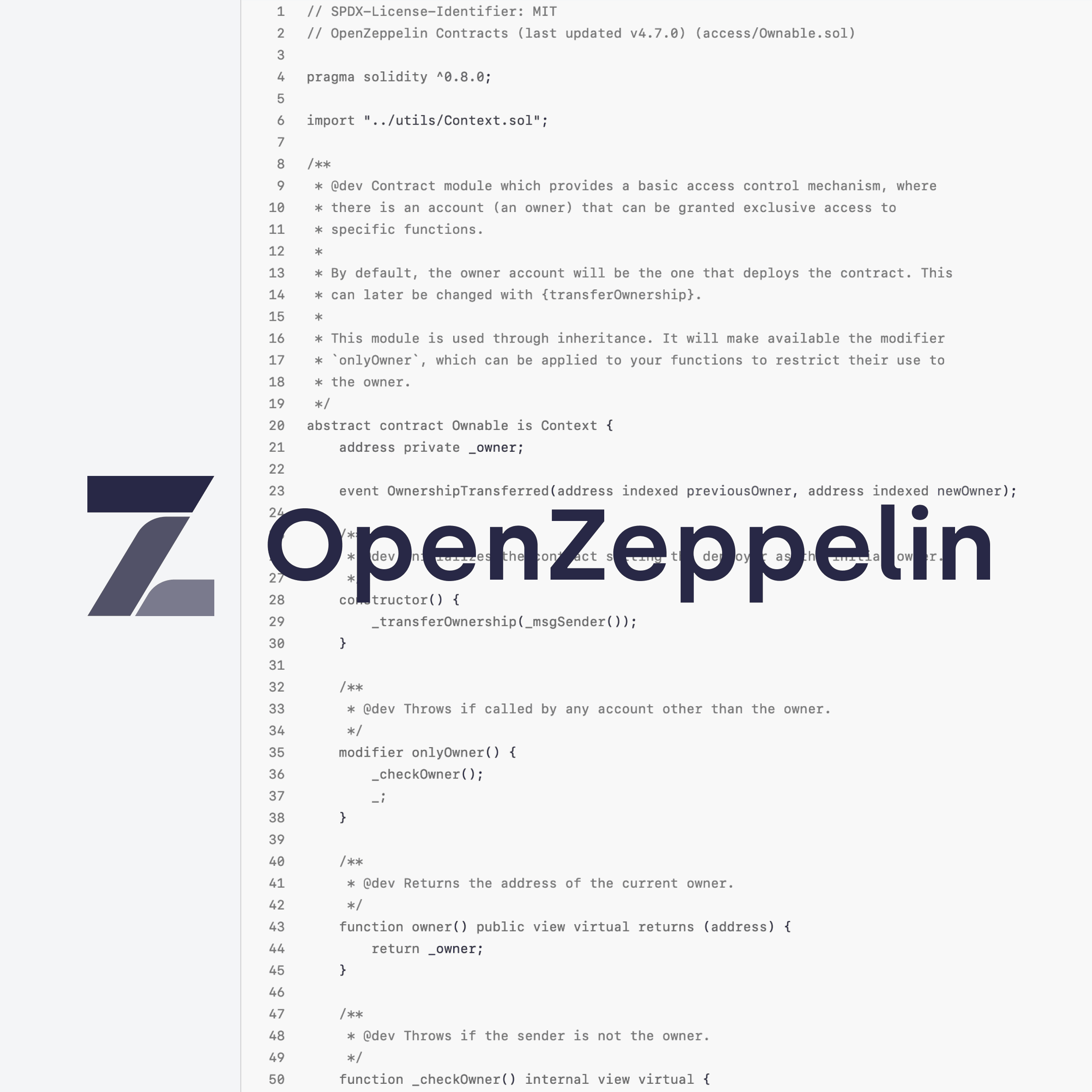Darkside of the Blockchain: What Could Go Wrong?
Ever since the discovery of fire, it’s served as the cornerstone for virtually every advancement that would follow – blockchain, like fire, is similar in the sense that it can be applied in a way that’s widely useful but it can be incredibly dangerous when misused or applied to treacherous schemes.
Of course, we generally support blockchain in digital products where it makes sense like metaverses because of its many benefits. But let’s have a bit of fun and talk about all the ways things can go sideways.
Blockchain: it’s neutral like anything else
Most of the things we’ve collectively created as a species are quite frankly, dangerous as hell.

This Xbox wants to tell you all about the latest and greatest alt-coin.
The power that we use typically stems from movement which has historically meant adding large amounts of heat to some fuel source. The process of heating a bunch of shit is dangerous, the electricity it creates is dangerous, and many of the things it powers like e-cigarettes or toenail grinders are downright deadly in the hands of a master.
Blockchain’s greatest strength is also one of its greatest weaknesses – many systems are almost impenetrable which is great for benevolent data. With that said, there is a vast amount of darkness on the web at this very moment and with the right use of blockchain, it can (and unfortunately, will) get a whole lot darker.
4 wacky ways blockchain could be the death of us all
There are many blockchains out there making money people good sums of money and gaining our trust while doing so. But we’ve all seen the read the books and watched movies – you know a double-cross is in the works. Here are a few ways it could go wrong.
1. Immutable code locks us out of a self-replicating process
One of the biggest selling points of blockchain-powered DApps is the ability to build and use truly immutable code. Blockchains like Ethereum (among many others) can be used not only to store data but bits of code where the immutable variety can’t be easily modified or viewed.
While there are all kinds of fail-safes available to developers to prevent them from locking themselves out of their sourcecode, it’s possible to create and deploy code that can’t be changed.

On the bright side, transportation on post-apocalyptic Earth is super eco-friendly.
Without divulging any major spoilers, this is a significant piece of lore in the Horizon series on PlayStation.
Though it’s never referred to as a blockchain in the series, a system that builds all kinds of gnarly mechanical beasts initially meant to better the world couldn’t be stopped before it wiped most civilizations from the face of the planet.
In a more realistic scenario, similar self-replicating nanotechnology that already exists and the use of completely immutable could code prevent the possibility of an intervention that could shut it down in the event something goes wrong.
Specifically, a system capable of extracting and then synthesizing raw materials to build more of itself could behave much like a virus such as cancer that eventually destroys the host – in this case, the host is the Earth and if not stopped in time, the planet would become inhabitable for most forms of life.
2. A proper 51% attack out could wipe out cryptocurrency networks
It’s been reported that when the stock market crashed at end of the 20s, people in finance and folks with considerable wealth didn’t handle it so well. While the rumors of Black Thursday mass suicides have been debunked, the following decade was hell for a great many people.

You had to be Tom Joad-tough to make it. | Source: Film Streams
A 51% attack occurs when an entity or group takes over at this percentage of trusted validators on most crypto networks, a number that can be even lower for certain proof-of-stake (PoS) systems.
If someone were to suddenly control the entire Bitcoin blockchain, people with significant investments in the system will panic. Now, you have widespread fear which will create erratic behavior, at least for a while.
The world made it through the depression era as it can and will adapt when these financial systems crumble but there’s another possible scenario – what if, instead, they’re destroyed?
A coordinated EMP attack on multiple data centers and enough private facilities around the world would not only wipe out the data, but it would also render all machines within a certain area inoperable. At this point, any failsafe (e.g., a “backup”) wouldn’t be useful until hardware and infrastructure are completely repaired and operable.
Especially with current chip shortages, this kind of problem wouldn’t be resolved in time to prevent the chaos that would follow.
The various “breaks” in everything from transportation to communication would cause various breakdowns at multiple levels in society.
Like Arnold Schwarzenegger once said, “The wolf on the hill is not as hungry as the wolf climbing the hill,” which is an allusion to his success but also a real reminder of how a living thing will behave when it is truly hungry.
We often think that the only ways this could happen would be nuclear war, an Armageddon level asteroid, or a major geological event but it’s relatively easy to manufacture such weaponry (and all kinds of other dangerous stuff) with stuff on the shelf at your local Lowe’s.
Fortunately, we still have Bruce Willis so the Earth is basically meteor-proof so that’s one less thing to worry about.
3. Untraceable transactions fund a kind of doomsday device
So many fictional villains throughout time have created a variety of doomsday devices capable of wiping out entire planets.
In a more accessible and realistic scenario, transactions made off the books are a key component of tricks like tax evasion as well as for more nefarious things in our world like the drug trade, human trafficking, and amassing your own, personal army.
If you haven’t already, add Traffickers on HBO Max to your list of things to watch.
Enough money can buy anything – just like how military recruiters in the US leverage a nice sign-on bonus, people involved in black trades do the same thing.
Before crypto, you typically had to use some combination of legit businesses to launder your most cash transactions which is a big pain in the ass. But thanks to crypto and its lack of regulation, some of the most dangerous people in the world have been able to move funds safer than ever before.
4. A virus interferes and destroys a blockchain
This is more or less a spin on the second point but we will likely see a new age of viruses and malware that will specifically target blockchains.
There are so many different ways to compromise devices and networks with new tricks making their way to the world every couple of months.
At some point, a well-designed bit of malicious script that’s injected into a true DApps code could do anything from something obnoxious like bring back deluges of pop-ups like circa early 2000s viruses or do something worse like delete or alter data.
The thing is, you don’t necessarily need to attack the blockchain itself as a 51% attack could also target nearby infrastructure, a power source, or a data center’s cooling system to wholly disrupt service for blockchain-connected machines.
Interestingly, this is actually the least likely scenario to succeed as would also require attacks on nearby power grids and most data centers are making the move towards renewable energy which will significantly reduce such an attack from having a severe, long-lasting impact.
***
It would be a whole “thing” for any of these scenarios to happen meaning most are highly improbable but not out of the question. Also, the list above is in no way meant to be exhaustive 😈









